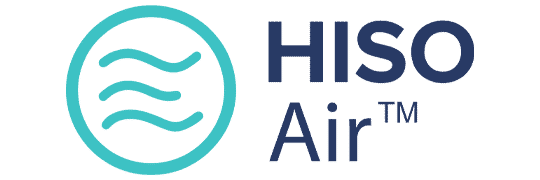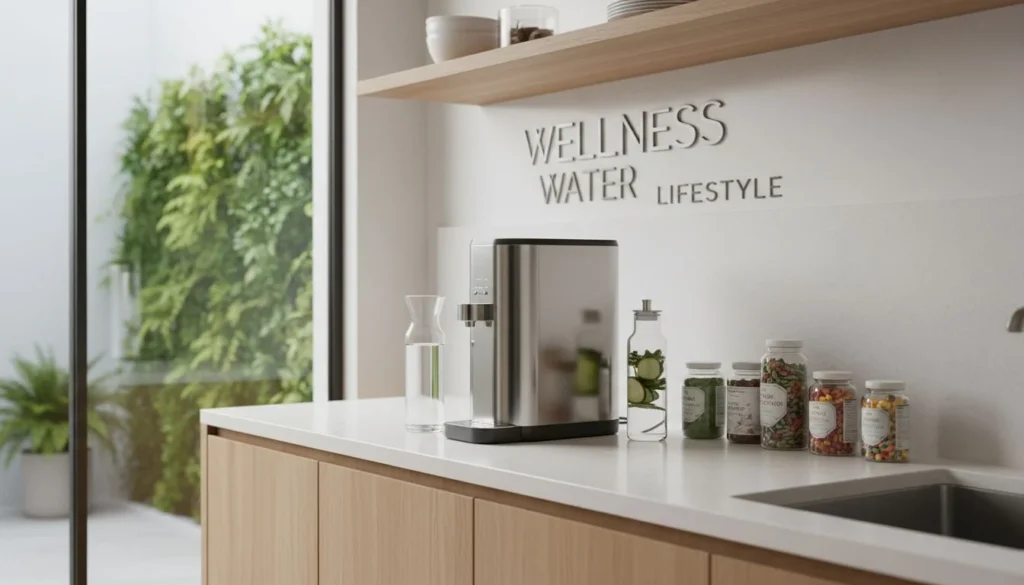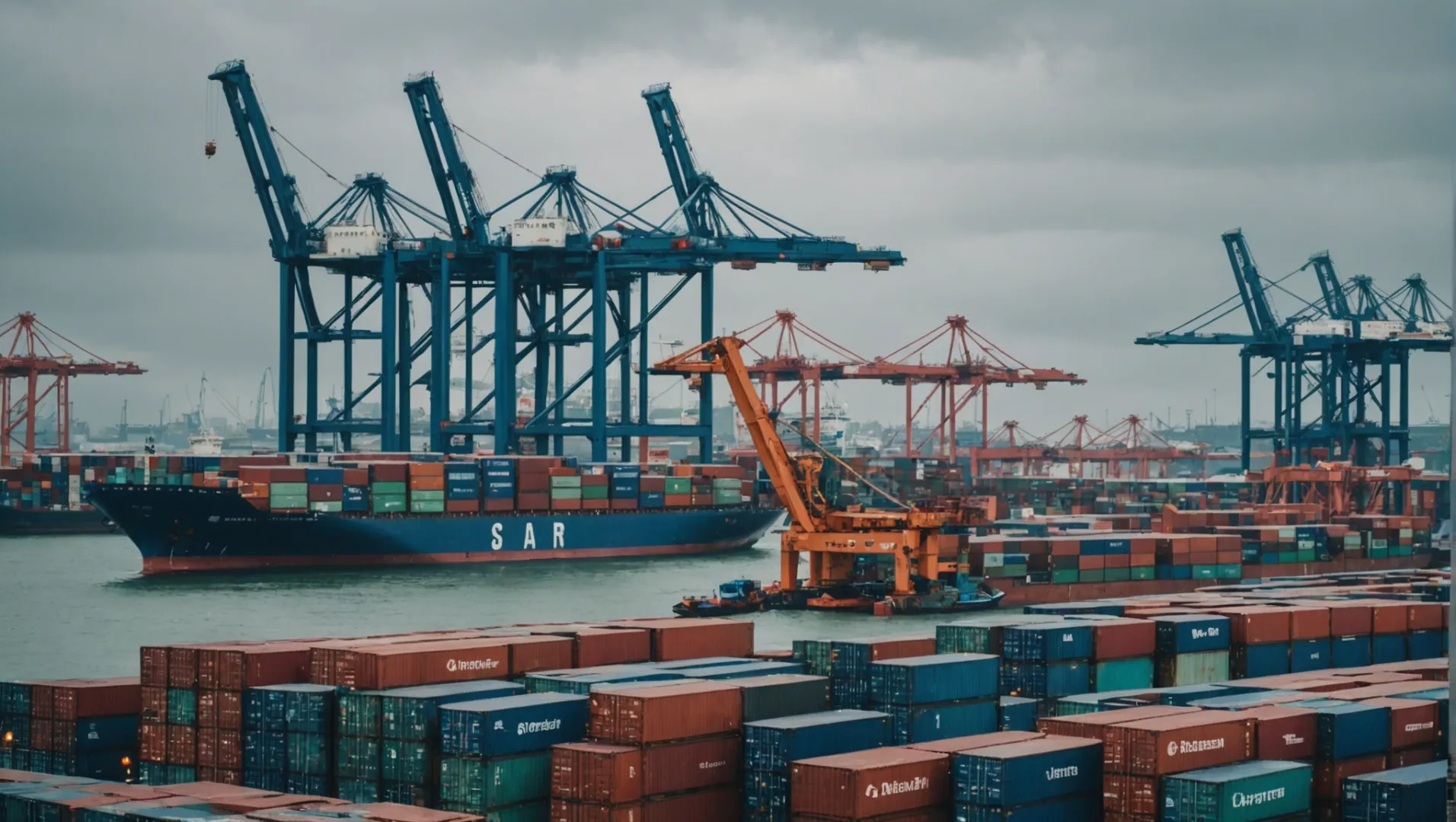
Understanding tariffs can feel like decoding a secret language—especially when it affects our health and environment.
Increased tariffs on air purifiers imported from China to the US can lead to higher costs for importers and consumers. With current tariffs at 25% and potential increases looming, businesses face decisions on production location and pricing strategies to mitigate impacts.
But there's more to this story than just numbers. Let’s dive deeper into how these tariffs shape not just costs, but the entire landscape of air purifier importation.
Current tariffs on air purifiers from China to the US are 25%.True
The current tariff rate for importing air purifiers from China to the US is set at 25%.
What Are the Current Tariff Rates for Air Purifiers?
Tariff rates on air purifiers are a key factor influencing their final cost in the US market.
Currently, air purifiers imported from China to the US face a 25% tariff, though exemptions are in place until May 2025. Future changes could further affect these rates.
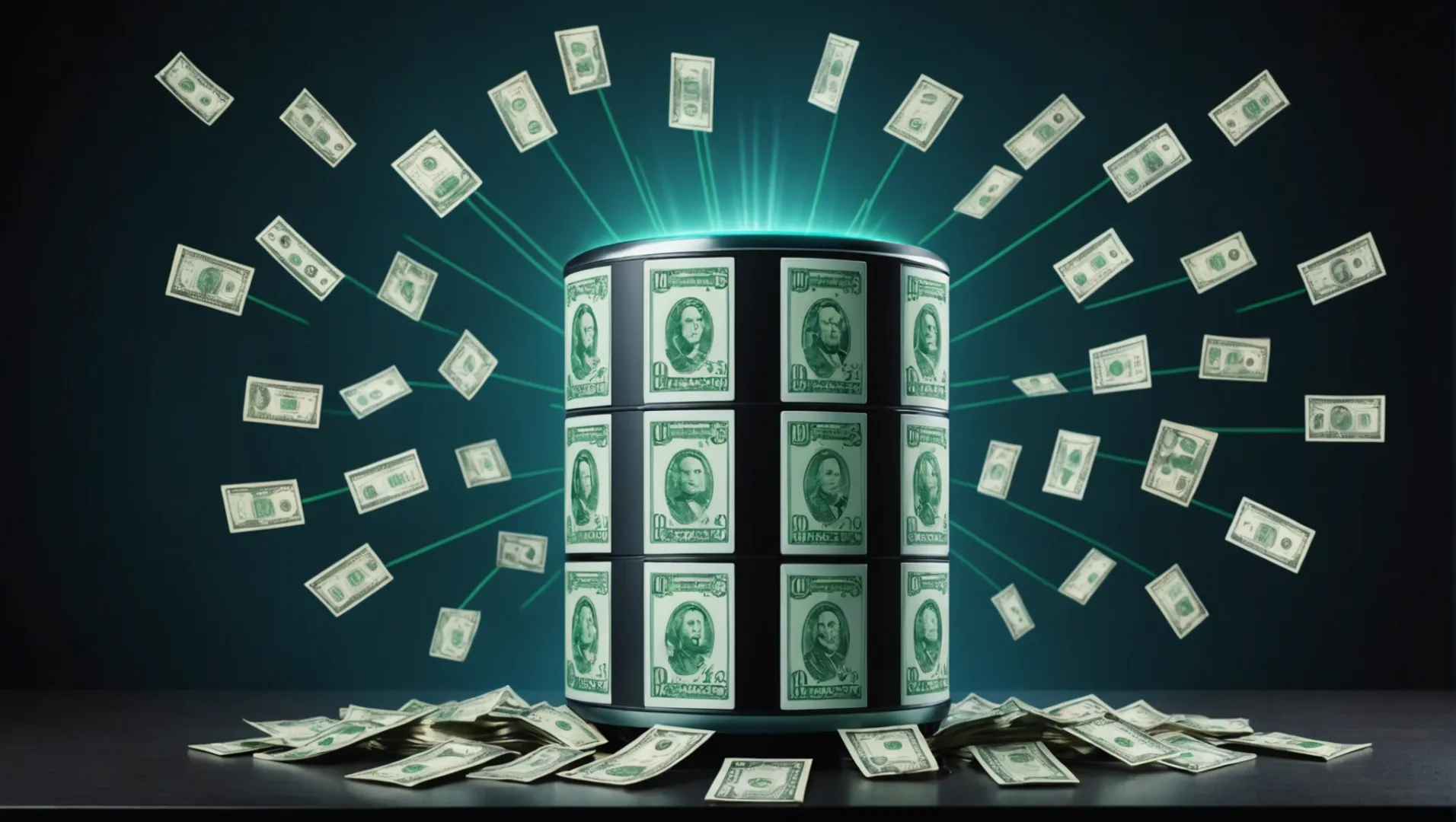
Understanding the Current Tariff Structure
The landscape of tariffs on air purifiers has evolved significantly over recent years. As it stands, air purifiers imported from China to the United States are subject to a 25% tariff. This rate was introduced as part of broader trade measures aimed at addressing trade imbalances and has persisted despite various global economic shifts.
However, it's important to note that these tariffs are not static. The US government has granted temporary exemptions, which are currently in place until May 2025. This exemption provides some relief to importers, allowing them to strategize on pricing and sourcing while keeping an eye on potential political shifts that could alter these tariffs.
Potential Future Changes in Tariff Rates
With potential changes in political leadership and trade policies, there is uncertainty surrounding future tariff rates. For instance, a significant increase to 60% has been speculated if certain political conditions arise. Such a change could compel manufacturers to relocate production from China to countries like Vietnam, Thailand, or Mexico, where they can circumvent hefty tariffs but might face increased production costs by 10-15%.
Impact of Tariff Rates on Business Strategies
Businesses importing air purifiers need to consider both current and potential future tariffs when planning their strategies. If the 25% tariff remains unchanged, many manufacturers might focus on cost reduction strategies rather than relocation. This could involve lowering manufacturing costs or export values to counterbalance the added expenses of tariffs.
For consumers, the implications are direct; higher tariffs generally translate into increased retail prices. This might deter purchases unless air pollution levels spike due to events like wildfires, where demand for clean air solutions surges.
Understanding these dynamics and preparing for possible future shifts in tariff rates is crucial for businesses and consumers alike, ensuring they remain competitive and informed in an ever-changing global market.
Air purifiers from China have a 25% US tariff.True
Currently, air purifiers imported from China to the US face a 25% tariff.
US tariffs on air purifiers will increase to 60% in 2025.False
A 60% tariff is speculative and contingent on political changes.
How Could Future Tariff Increases Affect Production Locations?
As global trade policies shift, manufacturers may need to reevaluate production locations to remain competitive.
Future tariff increases could prompt manufacturers to relocate production to countries with lower trade barriers, impacting operational costs and supply chain dynamics.
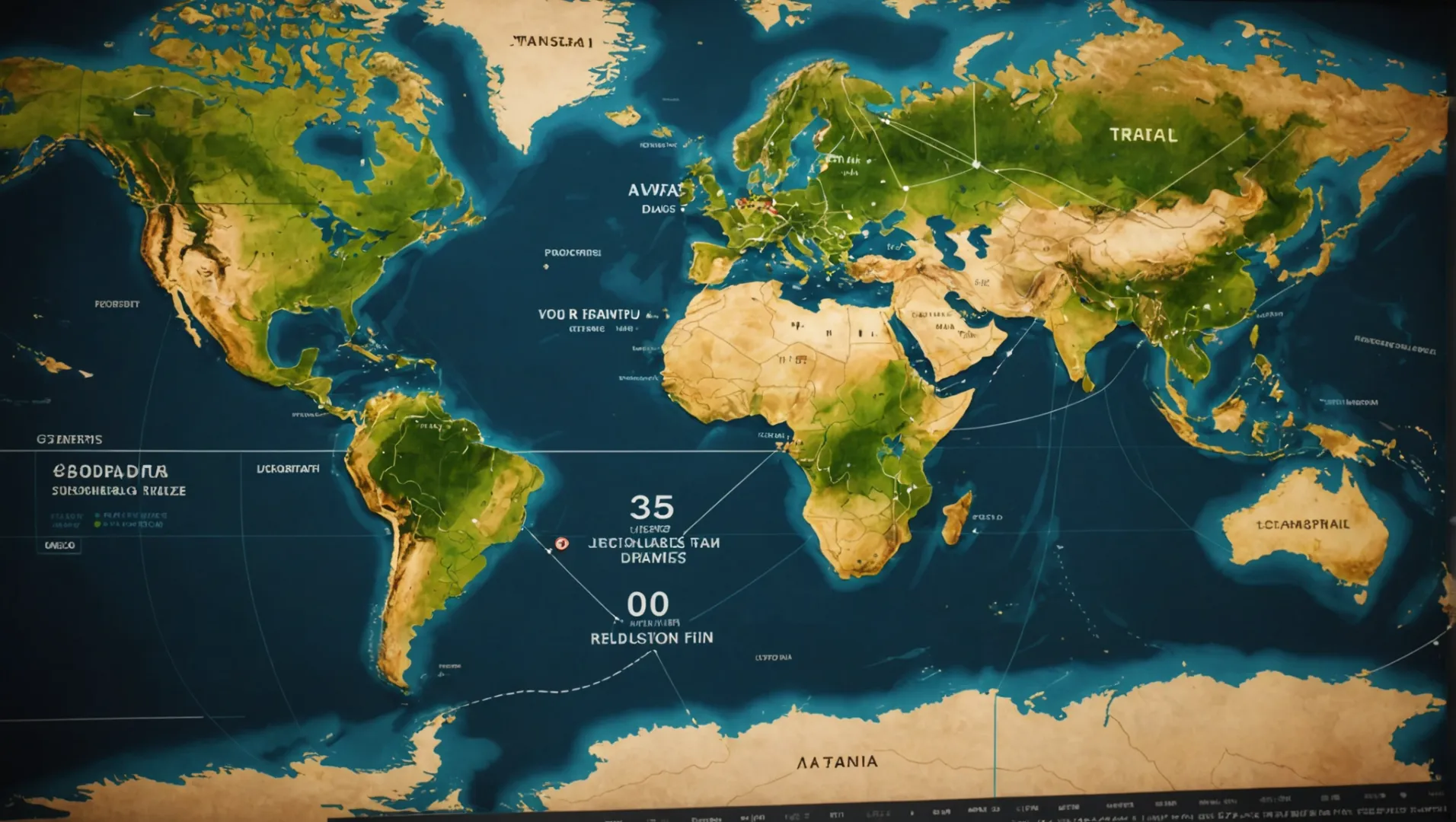
Tariff Influences on Manufacturing Decisions
Tariffs can significantly alter the landscape of global manufacturing by making certain locations less economically viable. For instance, if tariffs on air purifiers imported from China increase from the current 25% to 60%, many manufacturers might consider relocating production facilities to countries like Vietnam, Thailand, or Mexico. These nations often have lower trade barriers with the US, potentially reducing overall costs despite the increase in manufacturing expenses by 10-15%.
Potential Relocation Destinations
Relocation isn't a simple decision. While moving to Southeast Asian countries offers benefits like reduced tariffs, it also involves evaluating factors such as workforce availability, infrastructure quality, and political stability. Countries like Vietnam and Thailand are attractive due to their growing manufacturing sectors and favorable trade agreements. However, each comes with its own set of challenges that businesses need to consider thoroughly before committing.
Comparative Analysis of Manufacturing Costs
| Country | Estimated Manufacturing Cost Increase | Tariff Reduction Potential |
|---|---|---|
| China | 0% | 0% |
| Vietnam | 10-15% | Up to 40% |
| Thailand | 10-15% | Up to 40% |
| Mexico | 15-20% | Significant |
Strategic Adaptations Beyond Relocation
In addition to changing production locations, companies might adopt various strategies to handle increased tariffs. Some may choose to lower the export value of their products, effectively reducing the tariff impact on the final price. Others might focus on enhancing efficiency within existing locations to absorb some of the additional costs. Exploring these strategies is crucial for maintaining competitiveness in an unpredictable trade environment.
To learn more about potential relocation strategies and the factors influencing such decisions, consider exploring additional resources that delve into manufacturing shifts due to tariffs1. This can offer deeper insights into how global trade dynamics are reshaping production decisions across industries.
Tariffs on Chinese imports could rise to 60%.True
The context mentions potential tariff increases from 25% to 60%.
Relocating production to Vietnam guarantees lower costs.False
While tariffs may reduce, manufacturing costs in Vietnam can rise by 10-15%.
What Strategies Can Importers Use to Mitigate Increased Costs?
Importers are facing rising costs due to increased tariffs on air purifiers from China. How can they adapt?
Importers can mitigate increased costs by diversifying supply chains, negotiating better terms with suppliers, and leveraging technology for efficiency. Exploring alternative manufacturing locations and optimizing logistics also help in managing tariff impacts effectively.

Diversifying Supply Chains
One of the most effective strategies for importers to mitigate increased costs is to diversify their supply chains. This means not relying solely on one country or supplier for products. By sourcing materials2 from different regions, businesses can avoid being heavily impacted by tariffs imposed on goods from specific countries.
For instance, if tariffs on air purifiers from China rise significantly, importers might consider sourcing components from other Asian countries like Vietnam or Thailand, where production costs may still be competitive.
Negotiating Better Terms
Engaging in negotiations with existing suppliers to secure better terms is another viable approach. Importers can discuss options like bulk discounts, extended payment terms, or shared cost burdens of tariffs with their suppliers. Effective negotiation can lead to significant savings and reduce the immediate impact of increased tariffs.
Leveraging Technology
Incorporating technology into logistics and operations can result in substantial cost savings. For example, using supply chain management software can improve inventory management, reduce lead times, and enhance forecasting accuracy. These improvements can offset some of the costs associated with higher tariffs.
Additionally, adopting digital tools for automated purchasing3 processes or advanced analytics can help businesses make informed decisions and streamline their operations.
Exploring Alternative Manufacturing Locations
Given the potential increase in tariffs to as high as 60%, many air purifier manufacturers may consider relocating production facilities. Moving manufacturing operations to countries like Vietnam, Thailand, Cambodia, or Mexico could provide lower tariff rates and reduce overall costs, despite a slight increase in production expenses.
| Country | Estimated Tariff Reduction | Expected Production Cost Increase |
|---|---|---|
| Vietnam | Up to 30% | 10-15% |
| Thailand | Up to 25% | 10-15% |
| Mexico | Up to 35% | 10-15% |
Optimizing Logistics
Logistics play a crucial role in managing costs. Importers should evaluate and optimize their logistics networks to reduce transportation expenses. This might involve consolidating shipments, choosing more efficient routes, or negotiating better rates with logistics providers.
Conclusion
By implementing a combination of these strategies, importers can better navigate the challenges posed by increased tariffs on air purifiers from China. While each strategy has its unique benefits, the key lies in assessing which combination aligns best with the business's specific needs and market conditions.
Diversifying supply chains reduces tariff impact.True
Sourcing from multiple regions avoids heavy reliance on one country.
Relocating manufacturing increases overall costs by 20%.False
Relocation may reduce tariffs but only slightly increases production costs.
How Do Tariffs Influence Consumer Pricing and Demand?
Tariffs can significantly sway consumer prices, affecting demand and broader economic dynamics.
Tariffs typically lead to higher consumer prices, reducing demand as goods become more expensive. This price hike affects both essential and non-essential goods, altering consumer purchasing behavior and potentially stifling economic growth.
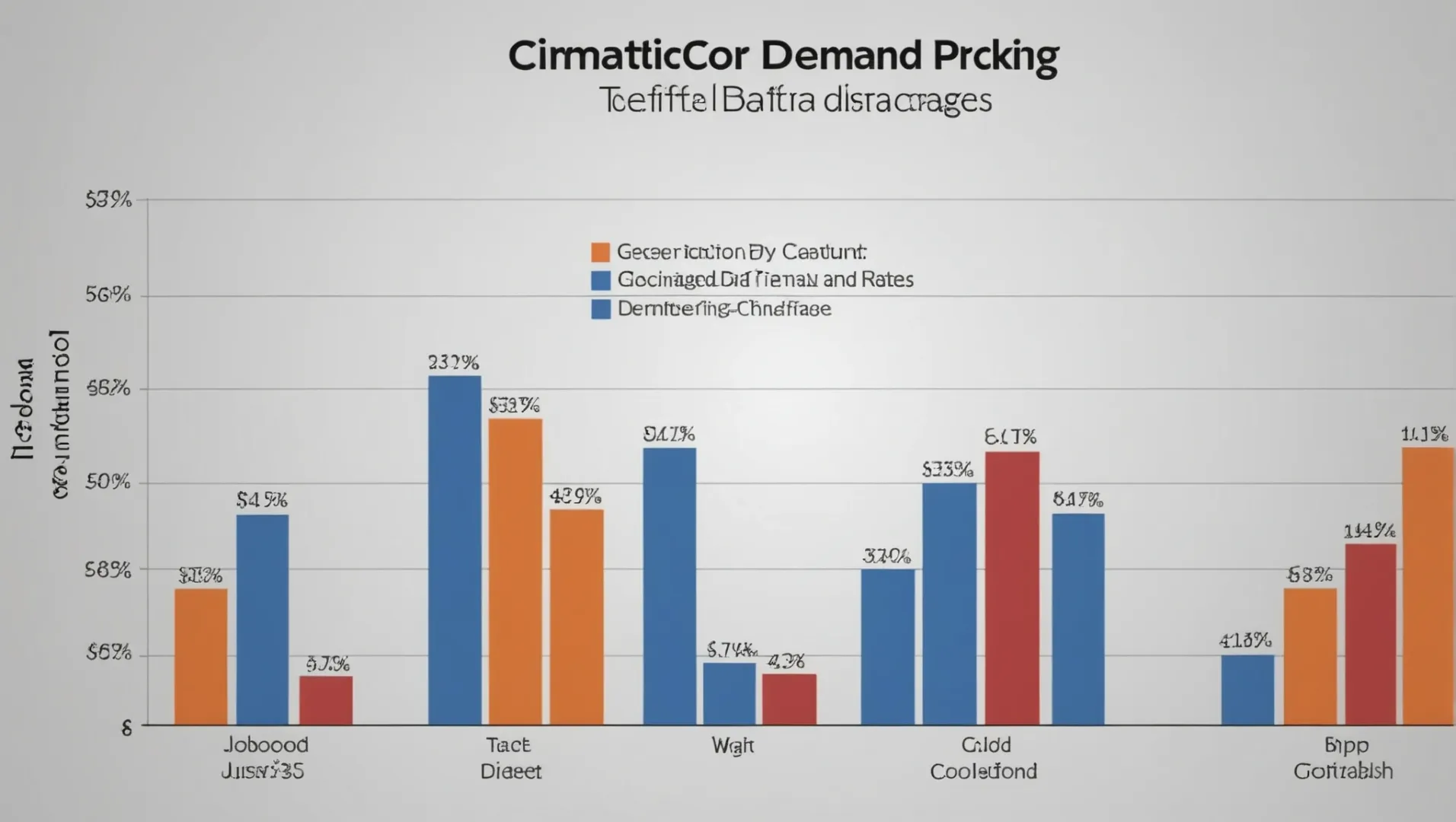
The Direct Impact on Consumer Pricing
When tariffs are imposed on imported goods, the immediate effect is an increase in the cost of these products for consumers. For instance, if the tariff on air purifiers imported from China is set at 25%, this cost is often passed down to consumers, resulting in higher retail prices. Consumers may then face a dilemma: to absorb these additional costs or seek alternatives.
In some cases, businesses might attempt to absorb part of the tariff to maintain competitive pricing. However, this can squeeze profit margins, leading companies to find ways to offset costs4 through efficiency improvements or shifting production locations.
Changes in Consumer Demand
Higher prices generally lead to decreased demand, especially for non-essential items like luxury goods. In the context of air purifiers, while some consumers might be willing to pay more due to health concerns, others might delay or forego purchases altogether.
A table can illustrate how varying tariff rates affect consumer pricing:
| Tariff Rate | Retail Price Increase | Expected Change in Demand |
|---|---|---|
| 25% | 15-20% | Moderate decrease |
| 60% | 30-40% | Significant decrease |
The Broader Economic Implications
Tariffs don't just affect individual products; they have ripple effects across the economy. Higher prices can lead to inflationary pressures, prompting central banks to adjust monetary policies. Additionally, reduced demand can lead to lower production rates and potential job losses in industries dependent on affected imports.
Furthermore, in a globalized economy, increased tariffs can lead to geopolitical tensions5 as countries retaliate with their tariffs, creating a trade war scenario that can harm international relations and economic stability.
Ultimately, while tariffs are tools for protecting domestic industries and generating government revenue, their implications for consumer pricing and demand are profound and complex. Understanding these dynamics can help consumers and businesses navigate the challenges posed by changing tariff landscapes.
Tariffs always lead to increased consumer prices.True
Tariffs raise import costs, often passed to consumers, increasing prices.
Higher tariffs decrease demand for non-essential goods.True
Increased prices from tariffs reduce consumer demand, especially for luxuries.
Conclusion
By navigating these turbulent waters, both consumers and businesses can make informed choices that protect their interests.
-
Gain insights into how tariffs influence factory relocations globally.: In December 2019, Federal Reserve economists Aaron Flaaen and Justin Pierce found a net decrease in manufacturing employment due to the tariffs, ... ↩
-
Discover how diversifying supply chains reduces risk and costs.: These complex networks of supply chains have contributed to increased stability and prosperity worldwide. ↩
-
Learn how technology enhances efficiency in supply chains.: Purpose-built intelligent applications are increasingly shaping the future of supply chain technology. ↩
-
Explore how businesses manage increased costs due to tariffs.: The return to office of President-elect Donald Trump brings the prospect of a renewed round of import tariffs to the US. ↩
-
Discover how tariffs influence international trade dynamics.: Who Collects a Tariff? In simplest terms, a tariff is a tax. It adds to the cost borne by consumers of imported goods and is one of several trade ... ↩
